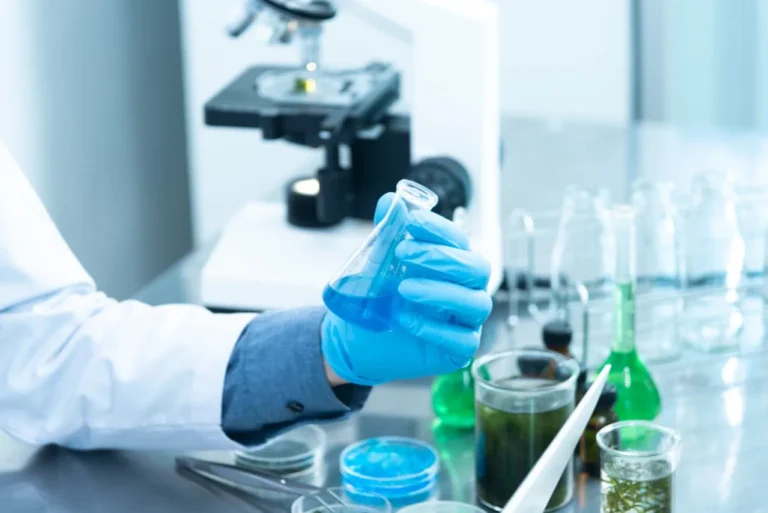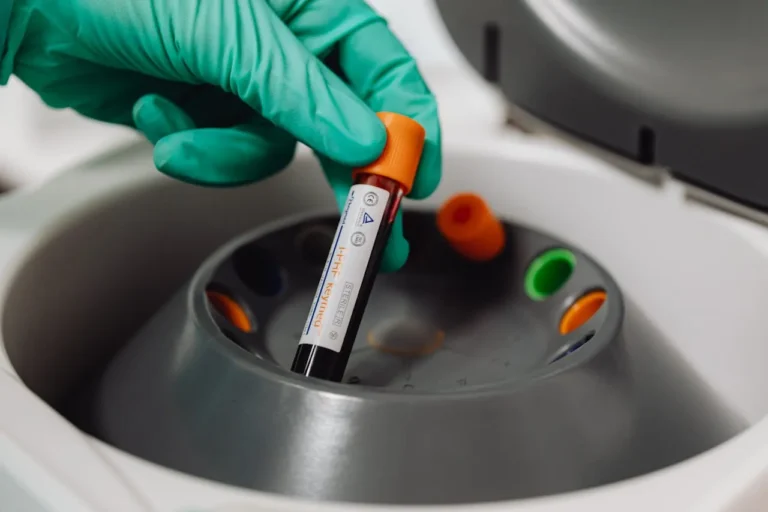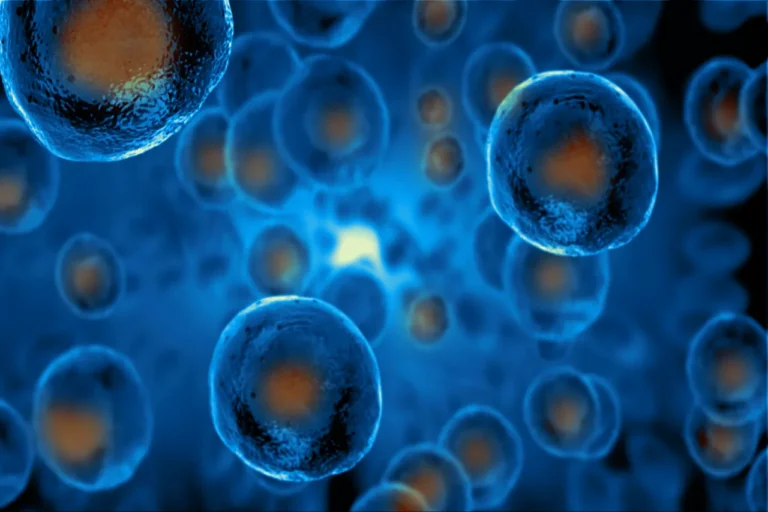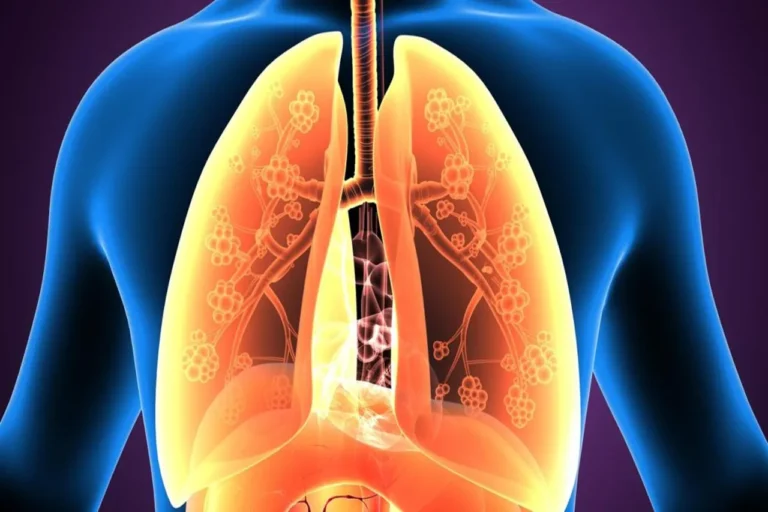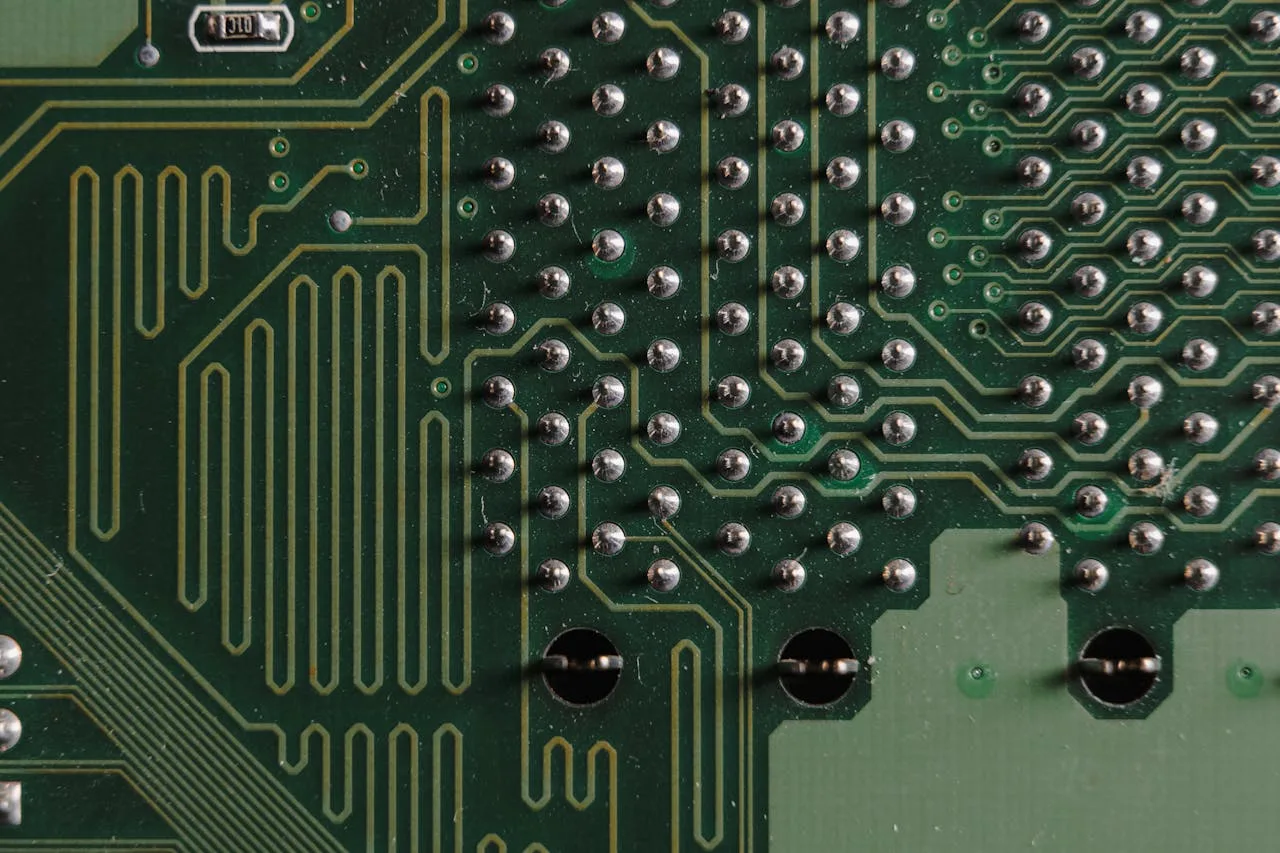
Teledyne Labtech and Bangor University Pioneer Welsh Space Cooling Project
Teledyne Labtech, a global leader in advanced electronic printed circuit board (PCB) solutions, is spearheading an ambitious Welsh-led initiative that could transform the way spacecraft manage heat in the unforgiving environment of space. The project, known as Advanced Thermal Management for Space Electronics (ATMS), brings together Teledyne Labtech and Bangor University, with vital support from Airbus Endeavr—a joint program between Airbus and the Welsh Government.
At the heart of the initiative lies a fundamental challenge in space engineering: how to dissipate heat effectively in the vacuum of space. Without the possibility of air-based cooling systems such as fans or convection, spacecraft must rely on alternative methods to ensure their delicate electronic systems remain operational. As spacecraft become more complex and their onboard systems more powerful, managing excess heat has become one of the greatest bottlenecks in space technology.
“In space, traditional cooling methods that depend on air circulation simply don’t work,” explained John Priday, Chief Technical Officer at Teledyne Labtech. “Our ATMS project is developing scalable, lightweight, and highly efficient circuit board technology using synthetic graphite. This material has the potential to transform the aerospace sector and supercharge the next stage of the space revolution.”
For decades, copper has been the go-to material for conducting heat away from sensitive spacecraft components. While effective, copper comes with drawbacks: it is relatively heavy and does not always deliver the optimal thermal performance required by next-generation space missions. Synthetic graphite, by contrast, provides a lighter alternative with exceptional thermal conductivity properties.
Teledyne Labtech’s contribution focuses on harnessing the unique conductivity of synthetic graphite within PCB design, ensuring heat can be transported away from critical components more efficiently. Meanwhile, Bangor University’s School of Computer Science and Engineering is addressing another essential aspect of the challenge—how to radiate that heat into the vacuum of space.
Using state-of-the-art ultrafast laser technology, Bangor researchers are etching microscopic textures onto the surfaces of synthetic graphite and other advanced materials. This innovative approach significantly enhances their emissivity—the ability of a surface to radiate heat as infrared energy into space. In essence, Bangor is helping to turn synthetic graphite into a far more effective “thermal radiator” for spacecraft systems.
“Bangor University is immensely proud to be part of this exciting and disruptive project,” said a spokesperson for the research team. “By modifying the surface of space-grade materials at the microscopic level, we can dramatically improve their ability to emit thermal radiation. This has the potential to pave the way for the next generation of spacecraft technology.”
The implications are far-reaching. Current satellite microprocessors often operate at only around half of their theoretical capacity, throttled by the risk of overheating. By addressing this thermal bottleneck, the ATMS project could allow satellites and spacecraft to run more powerful processors, boost efficiency, and support advanced applications such as high-speed communications, Earth observation, and deep-space exploration.
Jak Bridges, Sales Manager at Teledyne Labtech, emphasized the significance of collaboration in making such breakthroughs possible. “We firmly believe that in our partnership with Bangor University, we’ve found the key to developing this transformative technology,” he said. “We also extend our sincere thanks to Airbus and the Welsh Government for their support in making this vision a reality.”
The ATMS project is scheduled to run until the end of 2026, with final stages focusing on the development and demonstration of working prototypes. These prototypes will provide proof-of-concept validation and showcase how the technology can be scaled for real-world space missions. If successful, the project could establish Wales as a hub for disruptive space technologies and further cement the UK’s role in advancing global space innovation.
Ultimately, the ATMS project represents more than just an engineering breakthrough. It embodies the power of collaboration between industry, academia, and government in addressing some of the most pressing challenges in space exploration. By rethinking the way spacecraft shed heat, Teledyne Labtech and Bangor University are helping to unlock a new era of more powerful, efficient, and capable space systems—paving the way for humanity’s next steps beyond Earth.
ABOUT TELEDYNE LABTECH
Teledyne Labtech has over 40 years of experience as a world leader in microwave circuit design, component manufacturing and testing in the defence, electronics, global telecommunications, space and satellite communications markets. For more information, visit www.teledynelabtech.com.
ABOUT TELEDYNE AEROSPACE & DEFENSE ELECTRONICS
Teledyne Aerospace & Defense Electronics offers a comprehensive portfolio of highly engineered solutions that meet the most demanding requirements, in the harshest environments. Manufacturing both custom and off-the-shelf product offerings, our diverse product lines meet the current and emerging needs of key applications for avionics, energetics, electronic warfare, missiles, radar and surveillance, satellite communications, air and space, and test and measurement. For more information, visit www.teledyneADE.com


